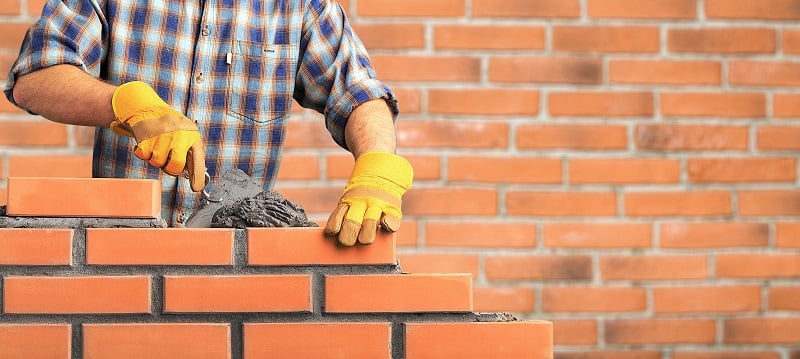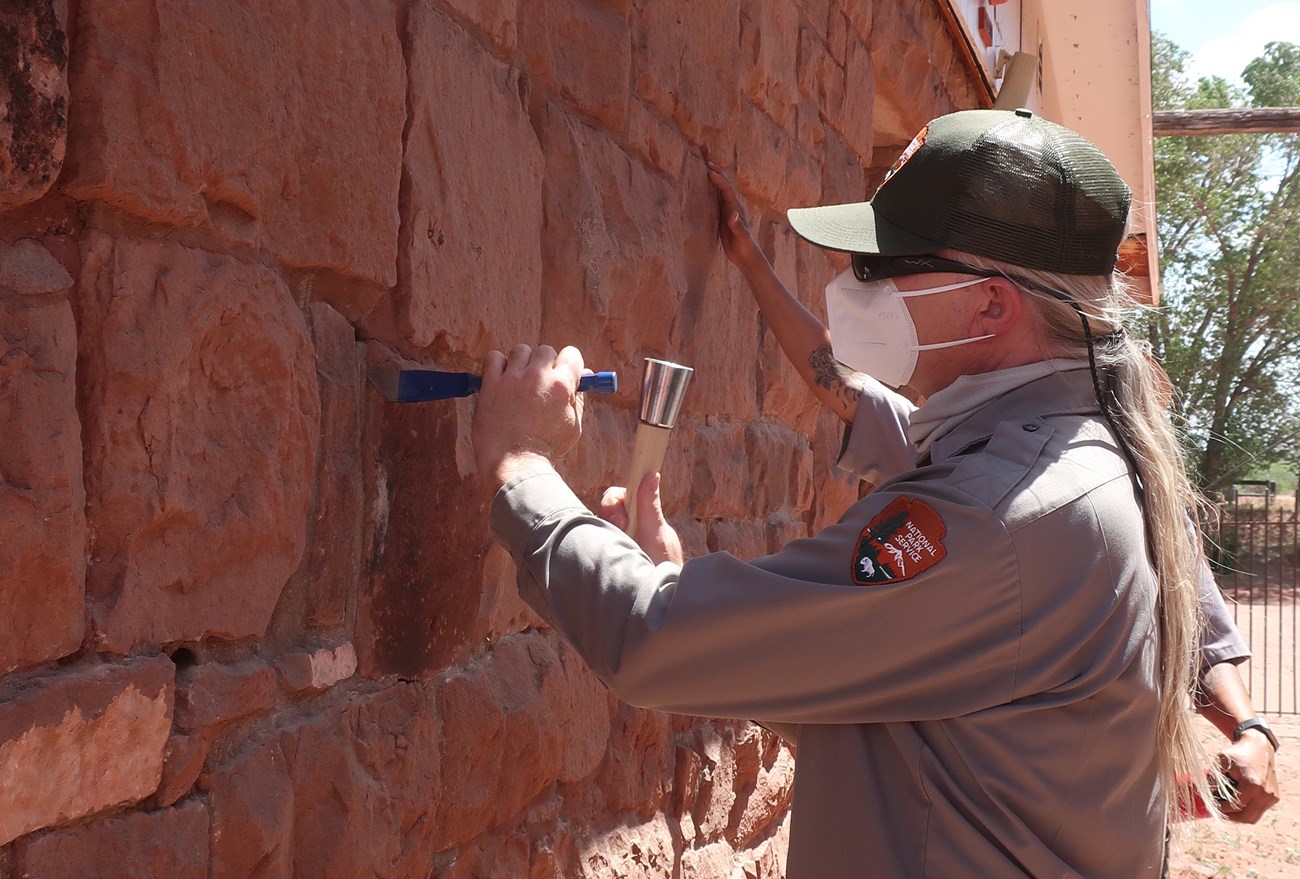Chimney Flashing and Cap Repair: Safeguard Your Home from Aspects
Chimney Flashing and Cap Repair: Safeguard Your Home from Aspects
Blog Article
Unlocking the Tricks of Sustainable Stonework Building Practices for Eco-Friendly Structures
Among the myriad methods to environmentally friendly building, sustainable masonry construction stands out as a time-tested and resilient technique that holds a riches of untapped capacity. From the selection of products to innovative building strategies, the keys to attaining sustainability within masonry building are diverse and interesting.
Advantages of Sustainable Masonry Building And Construction
Welcoming sustainable masonry construction methods not just minimizes ecological impact yet also supplies long-lasting financial benefits to builders and areas. By utilizing materials like recycled bricks, obstructs, and rocks, contractors can dramatically reduce the carbon impact of their projects while promoting source performance. Additionally, sustainable masonry building and construction methods, such as proper insulation and thermal mass homes, can enhance energy efficiency within structures, causing decreased operational prices over time.
In addition, the durability and resilience of masonry frameworks add to long-lasting financial benefits. Buildings constructed making use of lasting stonework practices typically need much less upkeep and repair, translating to set you back financial savings for contractors and homeowner. The durability of stonework materials likewise makes certain that structures remain secure and safe and secure, reducing the need for frequent remodellings or replacements.
Eco-Friendly Masonry Materials
Making use of environmentally friendly masonry materials is a critical step towards improving the sustainability of building methods and reducing environmental impact while making best use of lasting financial benefits. Sustainable masonry materials are sourced, created, and utilized in a way that decreases general environmental effect. Products such as recycled bricks, recovered rock, and lasting cinder block are becoming increasingly prominent choices for eco-conscious contractors. Recycled blocks, as an example, not only draw away waste from garbage dumps but likewise require much less power to create compared to brand-new bricks. Redeemed rock offers an one-of-a-kind aesthetic allure while minimizing the need for brand-new quarrying. Lasting concrete obstructs integrate recycled accumulations and may include improved insulation homes, adding to energy performance in buildings.
Additionally, all-natural products like adobe, rammed planet, and straw bundles offer excellent thermal mass homes, reducing the need for heating and cooling power. These materials are frequently in your area available, advertising local economies and minimizing transportation-related carbon exhausts. By selecting environmentally friendly stonework products, building tasks can substantially reduce their ecological impact and contribute to the production of much healthier, more sustainable built environments.
Energy-Efficient Masonry Methods
Power effectiveness plays a crucial role in improving the sustainability of stonework building and construction techniques. By applying energy-efficient stonework strategies, builders can considerably minimize the total energy consumption of a building, causing reduced functional prices and a smaller sized environmental footprint. One crucial energy-efficient stonework technique is making use of thermal mass, which entails including thick materials like concrete or brick into the chevrolet near me building's structure to absorb and keep heat. This aids control indoor temperature levels, reducing the demand for mechanical heating and cooling down systems.

Innovations in Sustainable Stonework
Recent improvements in lasting stonework practices have actually produced cutting-edge techniques that are reshaping the construction industry. One such innovation is the development of self-healing concrete, which uses microorganisms embedded within the concrete to heal fractures autonomously. This breakthrough not only lowers maintenance expenses yet likewise boosts the resilience of stonework frameworks, adding to their sustainability.
An additional remarkable innovation is using recycled accumulations in stonework building and construction - masonry contractor. By integrating products such as smashed ceramic waste or recycled glass into concrete blends, builders can lower the ecological effect of construction projects while keeping structural integrity. This practice not blog only draws away waste from land fills however also preserves natural deposits, making it a key innovation in lasting stonework building
Furthermore, the integration of electronic design devices, such as Building Information Modeling (BIM), is changing the method masonry structures are intended and built. BIM permits for more precise estimations, decreased product waste, and enhanced energy effectiveness, ultimately causing more lasting structure methods. These innovations collectively symbolize an encouraging future for lasting masonry building and construction in the age of eco-friendly structures.
Future Trends in Stonework Sustainability
With the cutting-edge strides made in lasting stonework methods, the future fads in masonry sustainability are positioned to further reinvent the building sector. One of the crucial fads shaping the future of masonry go to this web-site sustainability is the raised integration of innovation. Advancements such as Building Information Modeling (BIM) and virtual truth simulations are being made use of to optimize stonework construction processes, bring about reduced material waste and enhanced power efficiency in buildings.
Moreover, the growth of novel lasting materials is readied to play a substantial role in improving the eco-friendliness of stonework building and construction. masonry contractor. Developments like self-healing concrete, recycled accumulations, and bio-based binders are gaining traction for their capability to decrease environmental influence while preserving architectural integrity

Conclusion
In conclusion, sustainable masonry construction techniques offer numerous benefits for environment-friendly buildings. masonry contractor. Advancements in lasting stonework are continually being established to better improve the ecological efficiency of structures.
Report this page